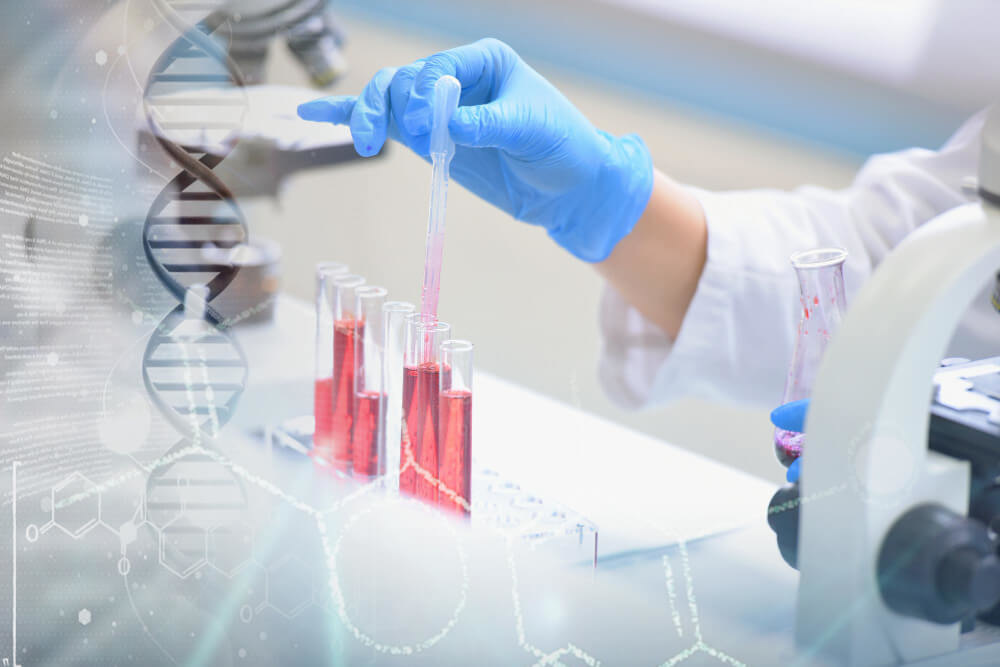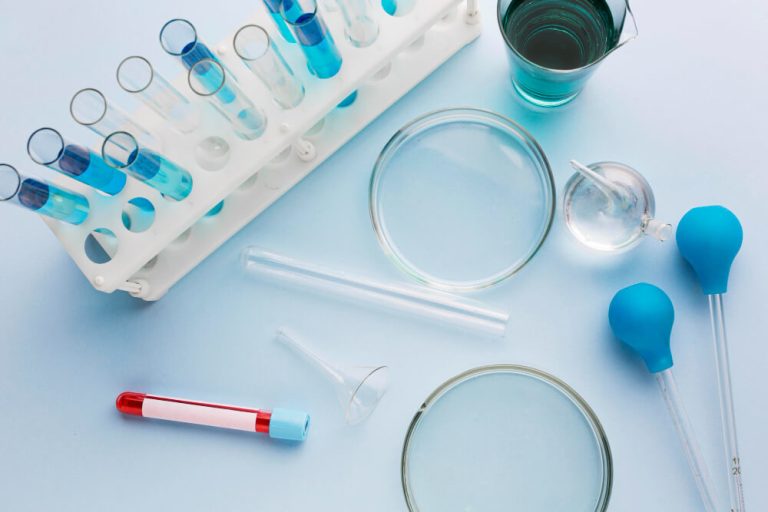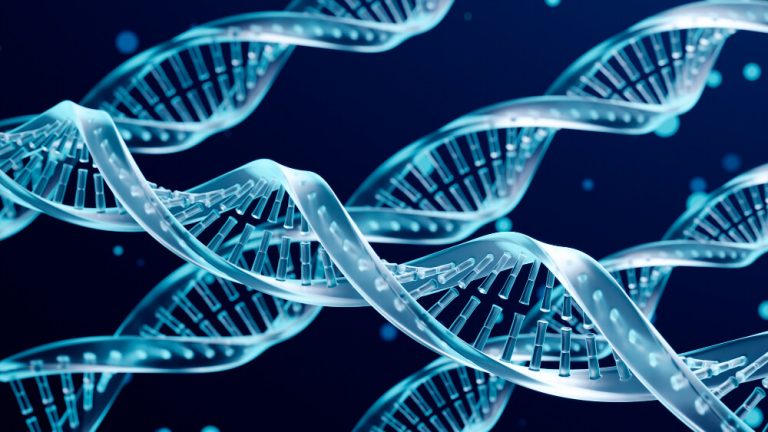The Future is Small: A Deep Dive into Exosome Training and Regenerative Medicine
Imagine a world where your body’s own communication system could be harnessed to heal, rejuvenate, and fight the effects of aging. Picture microscopic messengers, created by your own cells, carrying precise instructions to repair tissue and restore youthful function. This isn’t science fiction; it’s the rapidly advancing field of exosome therapy, a cornerstone of modern regenerative medicine.
These tiny but powerful particles are at the heart of a medical revolution, shifting the focus from treating symptoms to addressing cellular health at its core. As interest skyrockets, the need for practitioners to understand this technology has become critical. For healthcare professionals looking to lead the charge in anti-aging and functional medicine, comprehensive Exosome training is no longer optional, it is the new frontier.
This guide will explore the incredible world of exosomes, from the basic science to the complex training required to use them. We will unpack what they are, how they work, and why they represent such a monumental leap forward in our quest for longevity and wellness. It is a journey into the very building blocks of cellular communication.

What Exactly Are Exosomes?
To understand their power, we must first understand what exosomes are. They are not cells. Instead, think of them as microscopic envelopes, or vesicles, that are released by almost every cell in your body, especially stem cells. These vesicles are incredibly small, many times smaller than a typical cell.
Inside each of these tiny packages is a cargo of vital information. This cargo includes proteins, growth factors, lipids, and various forms of RNA. In essence, exosomes are the primary way your cells talk to each other, sending signals and instructions across the body to coordinate complex processes.
Their natural job is to facilitate this cell-to-cell communication. They play a fundamental role in everything from immune responses and blood clotting to waste management and, most importantly for regenerative medicine, tissue repair and healing. They are the body’s innate postal service for cellular health.
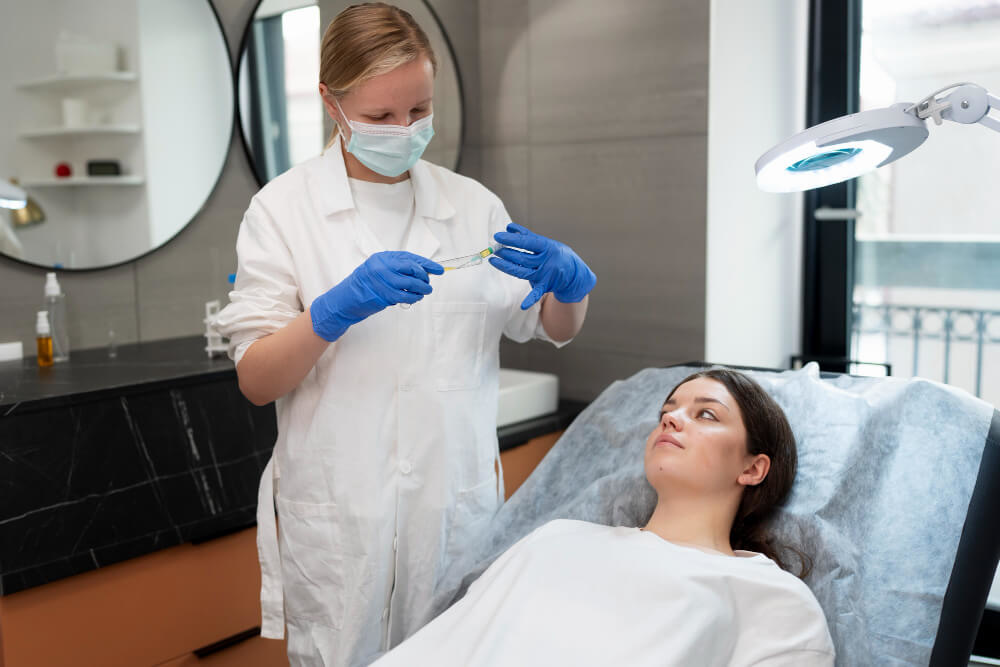
How Do Exosomes Work in the Body?
The mechanism behind exosome function is both elegant and profound. When a cell releases an exosome, it travels through the bloodstream or surrounding tissue until it finds its target cell. Upon arrival, it can merge with the recipient cell’s membrane and deliver its contents directly inside.
This delivery of information can fundamentally change the behavior of the recipient cell. For example, if an exosome from a young, healthy mesenchymal stem cell reaches an older, damaged skin cell, it can deliver signals that instruct the skin cell to reduce inflammation, produce more collagen, and begin a repair process.
This is the key to their therapeutic potential. By isolating exosomes from vibrant cell sources, like umbilical cord tissue, and introducing them into an area of injury or aging, we can provide a concentrated burst of regenerative signals. These signals encourage the body’s own cells to act younger and healthier, promoting natural healing from within.
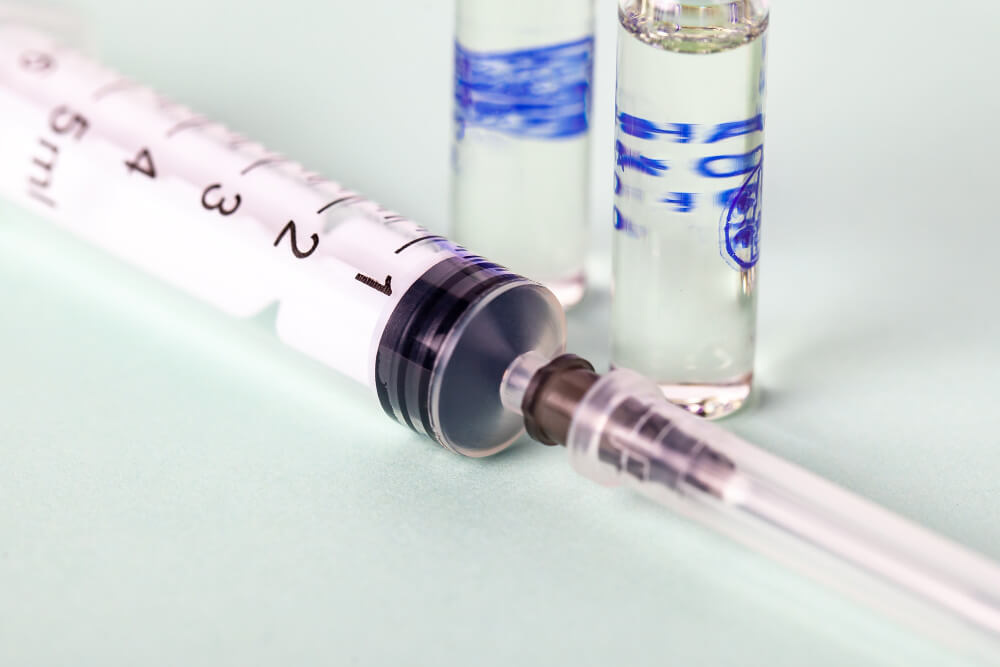
Why is There So Much Excitement Around Exosome Therapy?
The potential applications for exosome therapy are vast, which is why the medical and scientific communities are buzzing with excitement. Researchers are exploring its use across a wide spectrum of health and wellness fields, from cosmetic enhancement to serious medical conditions. The sheer volume of ongoing research is staggering, with top-tier scientific journals dedicating entire sections to the topic. For a deeper look into the academic work, one can browse the extensive collection of studies on platforms like Nature.
In aesthetics and dermatology, exosomes are being used to rejuvenate aging skin, improve skin texture, reduce the appearance of fine lines, and even stimulate hair follicles to combat hair loss. The results are promising because the therapy works by signaling the patient’s own skin cells to ramp up production of collagen and elastin.
In orthopedics, exosomes show potential for managing joint pain and repairing damaged tissues like cartilage, tendons, and ligaments. By delivering potent anti-inflammatory and regenerative signals directly to an injured joint, they may offer a powerful alternative to more invasive procedures. The foundational science for this is well-documented, and for those seeking a basic technical overview, a wealth of information is available on the Exosome (vesicle) page.
Beyond these areas, research is underway for its impact on neurological health, autoimmune conditions, and overall systemic wellness. The ability to influence cellular behavior without introducing foreign cells makes it a uniquely compelling avenue for the future of anti-aging and personalized medicine.

What Does Exosome Training Involve for Healthcare Professionals?
Given the complexity and power of this technology, it is not something for amateurs. Proper training is absolutely essential for any clinician who wants to offer exosome therapies safely and effectively. This is not a weekend course but an in-depth educational journey into cellular biology, regulatory affairs, and clinical application.
This specialized education ensures that practitioners can deliver the best possible outcomes while prioritizing patient safety above all else. It separates the true experts from those merely capitalizing on a trend. The goal is to create a standard of care that patients can trust.

What core subjects are covered?
A robust training program covers several critical areas. First and foremost is the fundamental science of extracellular vesicles. Practitioners must understand their biology, how they are sourced, and what distinguishes a high-quality product from an ineffective or unsafe one. This includes learning about characterization techniques to verify the contents and concentration of exosome preparations.
Next, the training focuses on clinical protocols and applications. This involves learning which conditions may benefit from exosome therapy, appropriate dosage, and methods of administration. Patient selection is another key module, teaching clinicians how to identify ideal candidates and manage their expectations realistically.
Finally, a major component of this education revolves around the ethical and regulatory landscape. Understanding the rules, guidelines, and legal boundaries is non-negotiable for responsible practice. This is why comprehensive exosome therapy training for doctors is so vital for anyone looking to incorporate these treatments into their clinic.
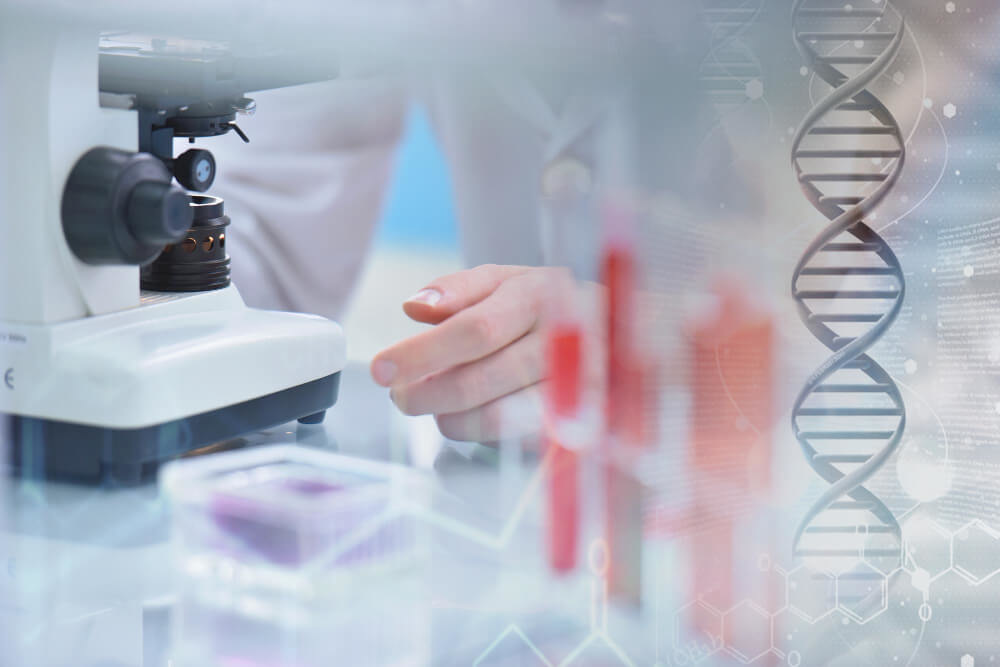
Is Exosome Therapy Safe and Regulated?
This is perhaps the most important question for both patients and practitioners. The regulatory environment for exosome products is complex and still evolving. Currently, the U.S. Food and Drug Administration (FDA) has not approved any exosome products for the treatment or prevention of any disease. This is a crucial point to understand.
The FDA views exosomes as a drug or biological product that requires rigorous testing and formal approval before it can be legally marketed as a therapeutic agent. The agency has expressed concerns about unapproved products being sold with unsubstantiated medical claims. It is highly recommended that anyone considering this therapy reads the official public safety notification on exosome products to be fully informed.
This is precisely why professional training is so important. A well-trained clinician will be transparent about the current regulatory status and will not make unproven claims. They will understand the legal and regulatory status of exosome products and operate within the appropriate boundaries, often using the therapy for localized applications under specific practice-of-medicine guidelines rather than for systemic disease treatment.
Safety ultimately depends on three factors: the quality of the product, the skill of the practitioner, and the transparency of the process. Patients should always seek out clinics that prioritize all three.
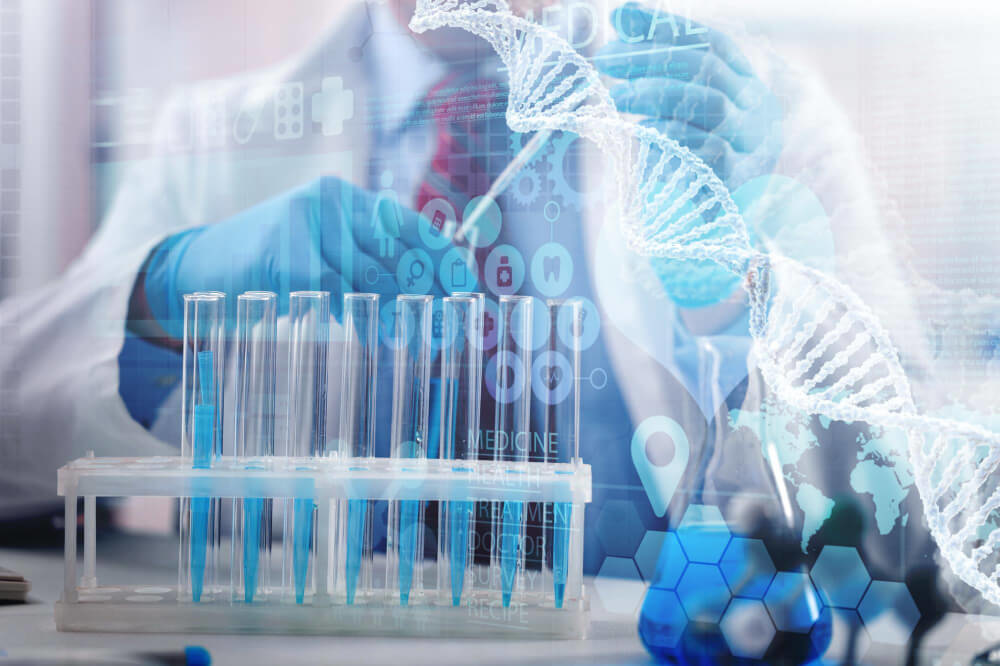
How Are Exosomes Different From Stem Cell Therapy?
Many people confuse exosome therapy with stem cell therapy, but they are fundamentally different. Understanding this distinction is key to appreciating the unique advantages of exosomes.
Stem cell therapy involves administering whole, living stem cells into the body. The hope is that these cells will travel to sites of injury, differentiate into the needed cell types, and promote healing. While powerful, this process carries certain risks, including the potential for immune rejection or unwanted cell growth.
Exosome therapy, on the other hand, is acellular. It does not involve introducing any living cells into the body. Instead, it uses only the signaling messengers produced by stem cells. It is a cell-free approach that harnesses the regenerative instructions without the cells themselves.

What are the advantages of using exosomes over stem cells?
This acellular nature gives exosomes several distinct advantages. First, the risk of immune rejection is significantly lower, as they do not have the surface markers that can trigger an immune response. This makes them much safer for a wider range of individuals.
Second, they are more stable and easier to control. Exosomes can be stored for long periods and are less fragile than living cells. Their small size also allows them to travel more freely throughout the body and cross barriers, like the blood-brain barrier, that whole cells cannot.
Finally, they offer a more targeted and refined therapeutic approach. We are isolating the very essence of the healing signal. This precision reduces the risk of unintended consequences, providing a focused tool for regenerative medicine that is both potent and predictable.

What Does the Future of Exosome Research Look Like?
The future of exosomes extends far beyond their current applications in aesthetics and orthopedics. The field is a hotbed of innovation, with scientists exploring groundbreaking new uses that could redefine medicine as we know it.
One of the most exciting areas is diagnostics. Exosomes circulate in our blood, urine, and saliva, carrying molecular snapshots of their cells of origin. Researchers are developing ‘liquid biopsies’ that analyze these exosomes to detect diseases like cancer at a very early stage, long before symptoms appear. This could make diagnostics less invasive and more proactive.
Another major frontier is drug delivery. Scientists are learning how to engineer exosomes in the lab, emptying them of their natural cargo and refilling them with specific drugs. These engineered exosomes could then be designed to target cancer cells or inflamed tissues, delivering a potent therapeutic payload directly to the problem area while sparing healthy tissue. This would reduce side effects and increase treatment efficacy.
This constant push for innovation is evident in the global scientific community. The level of collaboration and discovery is accelerating, with top researchers gathering at events like the Keystone Symposia on Exosomes to share findings and map out the future of the field. The potential is truly just beginning to be unlocked.

How Can Regenerative Medicine Clinics Integrate Exosome Therapies?
For clinic owners and healthcare entrepreneurs, integrating exosome therapies represents a significant opportunity to be at the forefront of medicine. It allows a practice to expand beyond conventional treatments and offer patients cutting-edge solutions for health, wellness, and longevity.
Exosome therapy fits seamlessly into the service menu of a modern functional or regenerative medicine clinic. It acts as a powerful complement to other popular treatments, such as hormone replacement therapy, peptide therapy, IV nutrition, and advanced aesthetic procedures. It enhances the results of these other modalities by improving health at the cellular level.
Clinics focused on proactive health are finding that patients are actively seeking these types of advanced treatments. For instance, building a men’s health or TRT clinic that also offers regenerative options like exosome therapy can attract a wider demographic of patients who are invested in long-term performance and vitality.
However, the key to successful integration is responsibility. This means investing in high-level training, sourcing only the highest quality products from reputable labs, and maintaining absolute transparency with patients about what the therapy can and cannot do. Success in this field is built on a foundation of expertise and trust.
Exosomes are more than just a medical buzzword; they are a paradigm shift. They represent a move toward a more intelligent, targeted, and natural form of healing that leverages the body’s own innate wisdom. From skin rejuvenation to the future of diagnostics, their impact will only continue to grow.
For the healthcare professionals who will lead this charge, the journey begins with education. Mastering the science, understanding the regulations, and committing to patient safety are the pillars upon which the future of regenerative medicine will be built. The potential is immense, and for those prepared to learn, the opportunity to redefine healing is here.
Frequently Asked Questions

Why are exosomes so often combined with treatments like microneedling or lasers?
Exosomes are powerful signaling vesicles, but they require a pathway to effectively penetrate the skin’s outer layer and reach the target cells in the dermis. Procedures like microneedling and fractional laser resurfacing create thousands of microscopic channels in the skin, which act as direct conduits for the topically applied exosomes. This combination protocol ensures maximum absorption and delivery of the regenerative factors precisely where they are needed to stimulate repair and rejuvenation.
This synergistic approach significantly enhances the outcomes of the primary procedure while also reducing its associated downtime. The potent anti-inflammatory and growth factors within the exosomes help to rapidly calm the skin, minimize redness, and accelerate the healing process. As a result, patients experience amplified results—such as more robust collagen production and improved skin texture—compared to what would be achieved with either the energy-based device or the exosomes alone.

What is the typical treatment timeline for exosome therapy, and when can I expect to see results?
A standard exosome treatment protocol typically consists of a series of three to four sessions spaced about four to six weeks apart. This schedule is designed to align with the skin’s natural cellular turnover and regeneration cycles, allowing each treatment to build upon the results of the last. Your provider will tailor the exact number and frequency of treatments to your specific skin concerns and aesthetic goals.
While some patients report an immediate improvement in skin hydration and a reduction in redness within days of the first session, the most significant, structural changes appear more gradually. Tangible improvements in skin firmness, fine lines, and overall texture usually become noticeable two to three months after the initial treatment as collagen remodeling begins. The full, optimal results of the therapy are typically visible approximately six months after completing the entire series of sessions.

How does the source and quality of exosomes impact treatment safety and effectiveness?
The source from which exosomes are derived is a critical factor in determining their therapeutic potential and safety profile for aesthetic use. The most potent exosomes are typically sourced from mesenchymal stem cells (MSCs), which are known for their powerful regenerative capabilities. It is essential that these cells come from carefully screened, healthy donors and are cultivated in a controlled, sterile laboratory environment to ensure the final product is pure and free of contaminants.
Consequently, the quality and purification process directly influence treatment outcomes and minimize risks. Reputable, medical-grade exosome products undergo rigorous testing to quantify the concentration of vesicles and verify their integrity, ensuring they contain a rich profile of growth factors and signaling molecules. Using a low-quality or poorly characterized product not only risks a lack of efficacy but could also lead to an undesirable inflammatory response or other adverse reactions.
Discover the most comprehensive functional medicine training, longevity training, and biohacking certification programs designed specifically for healthcare professionals, medics, and clinic owners who want to master regenerative medicine protocols and anti-aging therapies.

